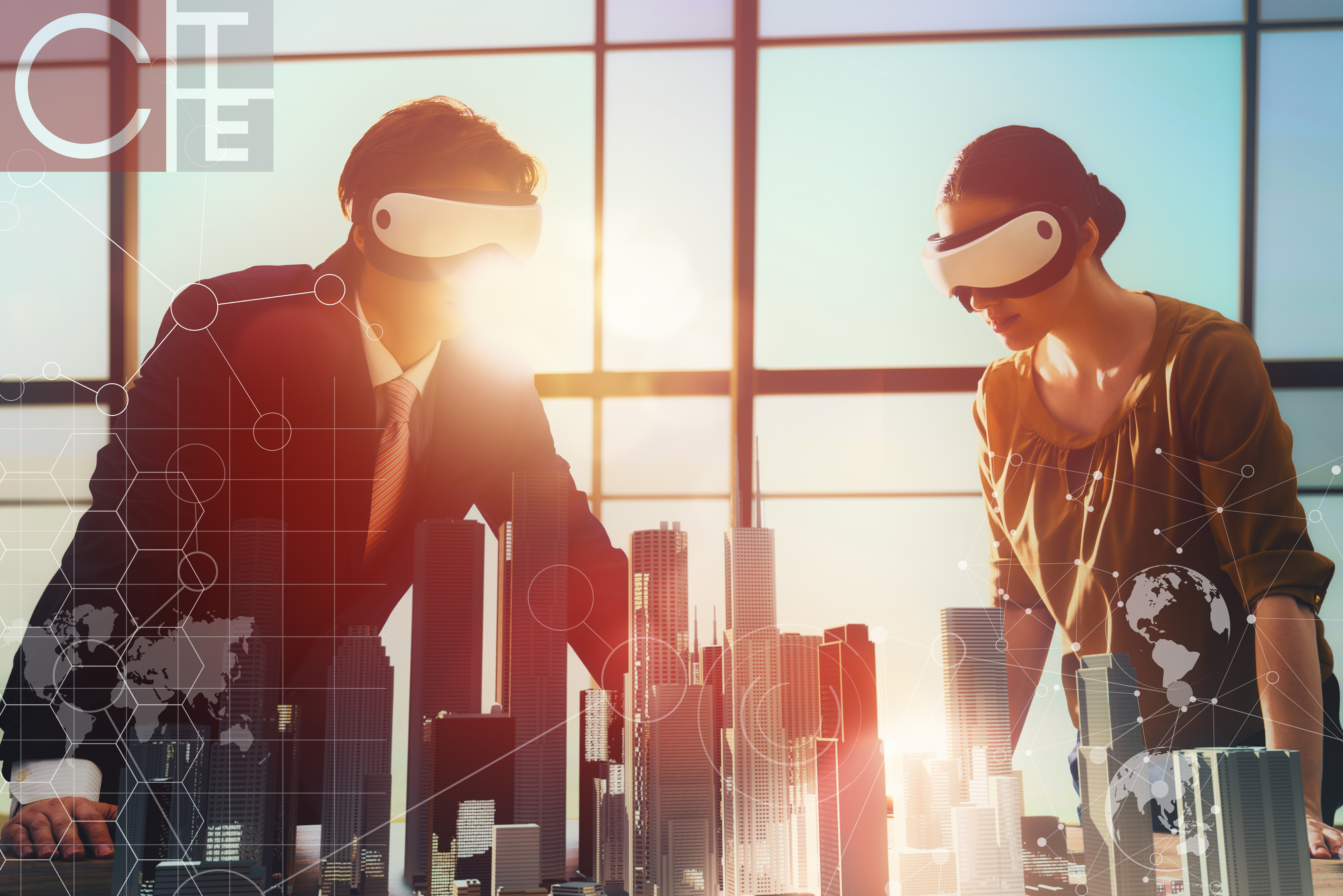
Virtual Reality (VR) makes it possible to experience anything, anywhere, anytime-literally. It is the most immersive (three-dimensional image generating) type of reality technology. Head mounted displays are used with headphones and hand controllers to provide a fully immersive experience. With the largest technology companies on planet earth (Facebook, Google, and Microsoft) currently investing billions of dollars into virtual reality companies and startups, the future of virtual reality is set to be a pillar of our everyday lives.
Total immersion means that the sensory experience feels so real, that we forget it is a virtual-artificial environment and begin to interact with it as we would naturally in the real world. In a virtual reality environment, a completely synthetic world may or may not mimic the properties of a real-world environment. This means that the virtual reality environment may simulate an everyday setting (e.g. walking around the streets of Rome), or may exceed the bounds of physical reality by creating a world in which the physical laws governing gravity, time and material properties no longer hold (e.g. shooting aliens on a foreign planet).
Could you use VR technology for training employees?
There isn’t a single organization on the face of the Earth that can survive without well-trained members. However, as much as everyone likes to talk about the efficiency of their training program, the simple fact is that nothing can beat on the job experience. Polishing job skills on real-life problems in day to day situations is ultimately what makes a professional valuable. And this one area where Virtual Reality training truly shines.
Although virtual reality is receiving a lot of attention these days, VR based training has been used by companies, academia, and military for a long time. The advantages of VR should be apparent. Not only can it cut out distractions, but it can totally immerse the trainee in the simulation, to the point where they begin to respond to it just as they would in a real-life situation. In other words, not only will trainees acquire information relevant to their job, but they can start practicing their skills right from day one.
For instance, nine UPS international training facilities teach students the fundamentals of driving delivery vehicles and delivering packages using a hands-on approach. Students practice driving UPS delivery trucks in a replica outdoor city that has real streets and sidewalks and simulated delivery and pickup sites. Students using the modules must verbally identify potential road hazards such as pedestrians, parked cars and oncoming traffic. The 360-degree view inside the VR headset is extremely realistic. “Virtual Reality offers a big technological leap in the realm of driver safety training,” said Juan Perez, Chief Information and Engineering Officer for UPS. “VR creates a hyper-realistic streetscape that will dazzle even the youngest of our drivers whose previous exposure to the technology was through video games.” The company says it is exploring VR and even Augmented Reality (AR) for training tractor-trailer drivers and others throughout the operation. (Fink, Charlie “VR Training Next Generation of Workers”, Forbes, Oct 2017)
VR allows us to see ourselves in an environment that is very similar to a real environment but doesn’t have the same dangers and difficulties to reproduce. What would VR look like for your employees and company?
Copyright © 2025 Certified Technical Experts Incorporated. All rights reserved. Privacy Policy | Terms of Service | CTE Logos | Unsubscribe